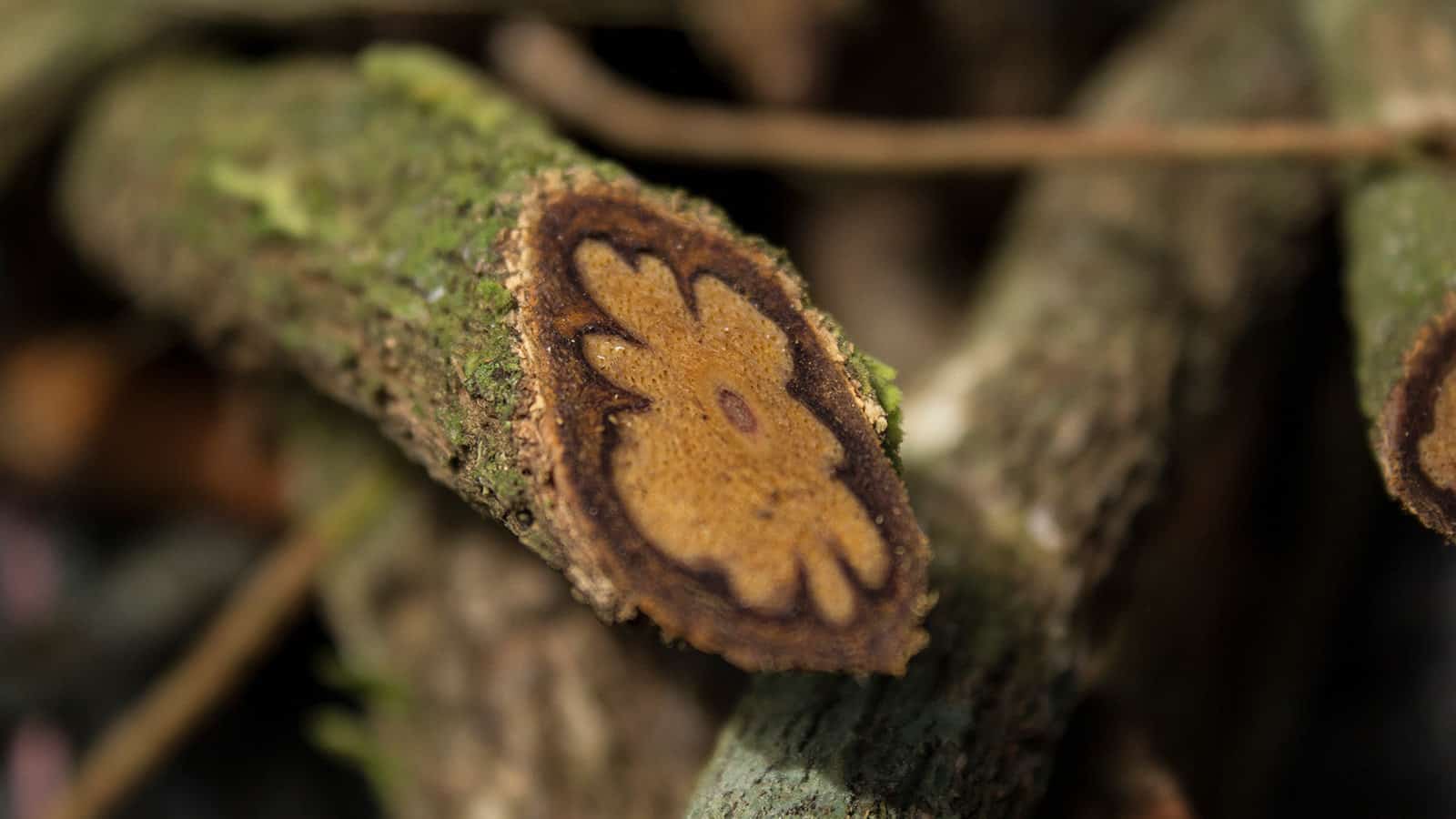Wearing a necklace of jaguar fangs and a green feather headdress, shaman Claudino Perez is back home in Colombia overseeing an ayahuasca ceremony after the mind-altering brew landed him in a Mexican jail.
Perez, 63, is one of nine people, mainly from Indigenous communities in Colombia, Peru, and Brazil, to have been arrested in Mexico since 2022 for possession of ayahuasca — classed as an illicit substance in many countries. He spent two years awaiting trial on narcotics charges.
All nine have since been released, but their arrests have revived a debate over the ancient Amazonian concoction used by Indigenous people as a healing portal to the spirit world.
In Mexico, “you are just another criminal… they classify us as traffickers,” Perez said on the sidelines of a traditional ceremony in La Mesa, 65 kilometers (40 miles) from the capital Bogota. Perez, from the Uitoto people, was arrested in March 2022 at the Mexico City airport after drug enforcement agents found bottles of ayahuasca in his luggage.
Prosecutors sought a 25-year prison term against him. His case was dismissed after Colombian President Gustavo Petro, who has said he tried ayahuasca, sent a team of academics to Mexico to address the court about the ancient uses of ayahuasca.
Ritual, therapy, and trend
Ayahuasca is extracted from an Amazonian vine, Banisteriopsis caapi, and mixed with other leaves and ingredients before being consumed in shamanic rituals. It contains the hallucinogenic active ingredient dimethyltryptamine, or DMT, which is illegal in Mexico, the United States, Canada and some European countries.
Mexico considers it “an especially serious problem for public health.”Perez has travelled the world with ayahuasca to treat those seeking its healing benefits. He said he has been to Mexico dozens of times for this purpose. Scientists are increasingly interested in the therapeutic uses of psychedelic drugs to treat addiction and mental health issues.
Ayahuasca has also become trendy amongst wellness-obsessed Westerners who flock to retreats in Colombia, Peru and Ecuador, as well as those hosted by so-called “neo-shamans” in Europe and the United States.
Celebrities such as Susan Sarandon, Sting and Lindsay Lohan have openly talked about taking the brew. However, experts warn the concoction has its dangers, especially if mixed with other drugs, and can trigger psychotic episodes.
Julian Quintero of the NGO Accion Tecnica Social, which is against the war on drugs, said traditional ceremonies that include the use of ayahuasca are moving out of Indigenous ritual contexts given the “global trend of returning to spiritual experiences.”
“There is a gray area that Latin American countries should regulate” including to determine “who has the power” to use ayahuasca and ensuring it is not aimed at “purely recreational commercial sale,” he said.
The crime is being Indigenous
Among Colombia’s Indigenous people, 84 percent of those older than 12 have used ayahuasca as a traditional medicine, according to official figures. In Peru, authorities declared ayahuasca part of the natural cultural heritage in 2008.
But in September 2023, shaman Lauro Hinostroza of the Peruvian Amazon’s Shipibo-Konibo tribe was arrested after he landed in Mexico City to attend an international congress on Indigenous medicine. The 71-year-old said he did not understand why he ended up behind bars for six months.
In “healing, the working tool is the plant, ayahuasca,” he said. “They arrest us for being poor and for being healers… the crime is being Indigenous,” said Hinostroza.






